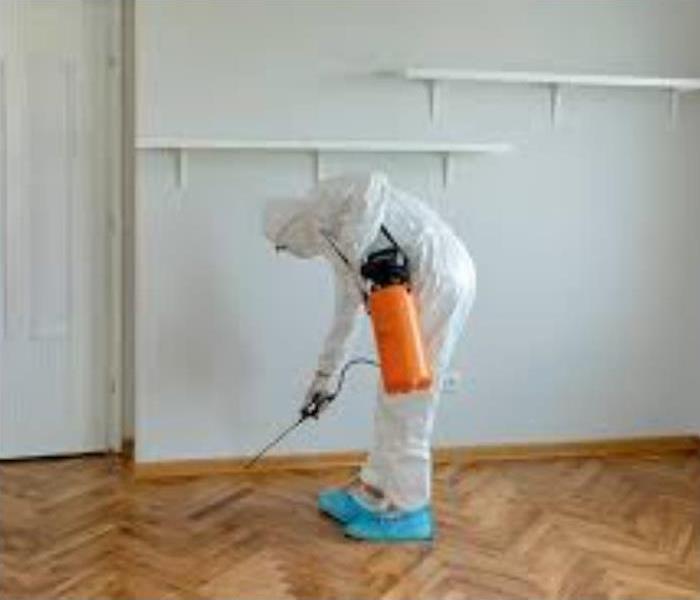Crucial Steps to be Followed When Dealing with the Biohazard Cleaning Process
9/1/2022 (Permalink)
Step 1: Wear appropriate PPE, including liquid/airtight clothing, goggles, respirator, gloves
Step 2: Create a clean space or control room to manage entry/exit from contaminated area
Step 3: Identify primary biohazards and area of contamination
Step 4: Remove any unsalvageable items and clean visible damage
Step 5: Continue to clean under and around damaged area, stripping back each layer of floor or wall and testing beneath
Step 6: Use UV light sources such as hydroxyl generators to sanitize and deodorize air
Step 7: Dispose of all biohazard material according to state and local regulations
Because of this, the biohazard cleanup process can be unavoidably destructive. While enzyme cleaners that react with bodily fluids or other contaminants can be used to identify areas that need to be cleaned, often a full inspection requires the removal of drywall and floorboards to check places that can’t be checked visually.
In addition to being a difficult and labor-intensive task, cleaning crime or death scenes comes with the added consideration of the human element of the people who live in or own the property. A trauma cleaner may find they need as many people skills as cleaning skills in order to handle the sensitive nature of their job. As such, the professional and job requirements for biohazard company cleaning staff are multifaceted: cleaners need to be trained in recognizing and decontaminating hazards, compassionate with property owners, and physically fit enough to put in many hours of manual work while wearing hot and restrictive clothing.
Carrying out this kind of intensive, full-property cleaning is difficult under ideal circumstances, but most hazmat cleaning is undertaken in everyday environments that were not designed to facilitate sterile cleaning. That might mean working in small or cramped quarters, navigating additional cut or trip risks such as broken glass and clutter, and having a variety of different surfaces and materials to clean.
While there is no specific governing body for biohazard cleaning, forensic cleaning companies follow state and national regulations for cleaning and disposing of each individual biohazard they encounter using guidelines from OSHA, EPA, CDC, and more.





 24/7 Emergency Service
24/7 Emergency Service
